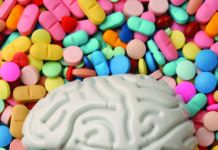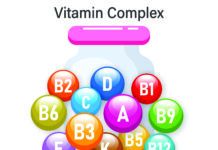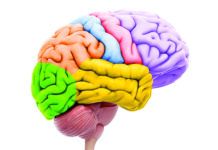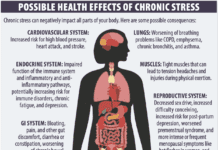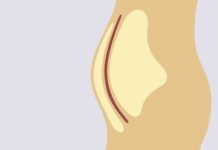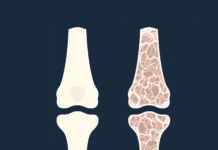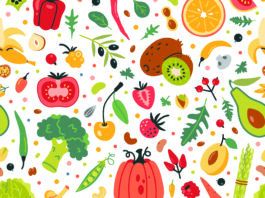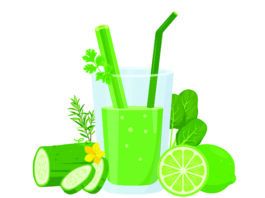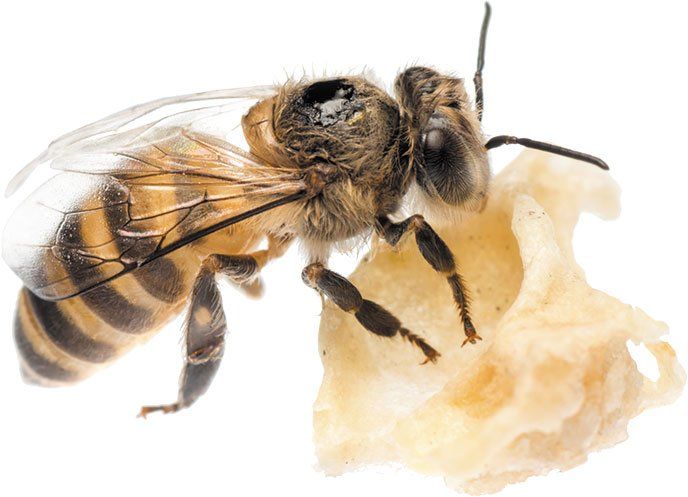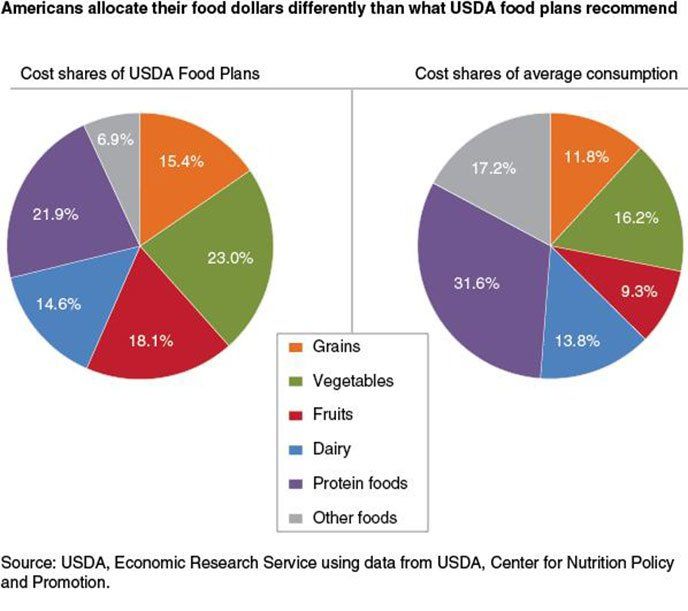What About Canned?
When the supermarket fish counter fails you, dont hesitate to head for the canned-fish aisle. Canned sardines and salmon are generally sustainable choices; canned tuna, while controversial, typically includes sustainable pole-caught albacore or skipjack varieties.
Secrets of Uncle Sams Nutrition Prescription
Every five years, your Uncle Sam rounds up the latest scientific evidence about nutrition and serves up advice about what to eat and drink for better health. The resulting Dietary Guidelines for Americans (DGA) - whose eighth edition was released in January - provides basic guidance to the American public about healthy eating patterns and shapes nutrition education programs.
Q. If you sit in front of a window with sunlight coming through, will...
Q. If you sit in front of a window with sunlight coming through, will your body produce vitamin D or do you have to be outdoors with direct sunlight?
“Foraging” in the Modern Supermarket
There's good news at your local grocery store. "You should walk into a supermarket with a very positive attitude," says Alice H. Lichtenstein, DSc, director of Tufts' HNRCA Cardiovascular Nutrition Laboratory and executive editor of the Tufts Health & Nutrition Letter. "The availability of healthy and affordable foods has greatly expanded in recent years. There are a lot of options now throughout the store that are really good choices."
Foodborne Illness Strikes 1 in 10
Globally, foodborne illness strikes almost 1 in 10 people each year, according to a new report from the World Health Organization. The report looked at 31 different causes of foodborne disease, such as salmonella, E. coli and campylobacter as well as foodborne cholera and typhoid.
Q. Ive read in your newsletter about the benefits of nuts and “seeded” fruits...
Q. Ive read in your newsletter about the benefits of nuts and "seeded" fruits such as blueberries, but I have diverticulitis. Do I need to avoid these healthy foods because of their effects on diverticulitis?
Study Puts a Dent in Honeys Health Halo
Honey enjoys what marketers call a "health halo" - consumers tend to view products containing honey as healthier than those sweetened with sugar or high-fructose corn syrup. Thats why Kellogg's renamed its Sugar Smacks cereal as "Honey Smacks" and so many other products have "honey" in the name or featured prominently on the package.
How Healthy Is Your Food Budget?
A new USDA report concludes that following the dietary guidelines need not cost consumers more, but many Americans would need to re-allocate their food budgets. The analysis identified six changes that could improve consumers diet quality - none costing more and most actually saving money.
USDA Sets Goal to Reduce Food Waste
The US Department of Agriculture is declaring war on food waste, likening the effort to the anti-littering campaigns of the 1960s and 1970s. Agriculture Secretary Tom Vilsack announced a goal of cutting the amount of food Americans waste by 50% by 2030.
The Heart-Brain Blood Supply
Just like every other organ and tissue in the body, the brain needs oxygen and nutrient-rich blood to function properly. Because the brain is so crucial to the bodys survival, it receives a disproportionate amount of blood. Though it takes up only about 2 percent of the bodys weight, the brain receives 15 to 20 percent of the bodys entire blood supply, and 25 percent of its oxygen supply. The body will deprive other parts of the body of blood to ensure that the brain has what it needs.
The heart feeds the brain by sending blood through vessels both on the surface of the brain and deep inside it. Two pairs of arteries branching out from the aorta-the internal carotid arteries and vertebral arteries-supply the brain with blood. Carotid arteries send blood to the front of the brain, and vertebral arteries send blood to the back of the brain.
Blood flow into the brains tissues is a bit different than it is in other parts of the body. Elsewhere in the body, nutrients, oxygen and waste products can move freely in and out of the capillaries. This is not true in the brain. The brain has its own checkpoint, the blood-brain barrier, a semi-permeable system that lets only certain substances pass into the brain. This barrier protects the brain against viruses, toxins, hormones, and other substances in the blood that might harm the brains delicate tissues.
Considering how essential nutrient-rich blood is to the brains function, any disruption in blood flow can pose a serious risk. A blockage in the brains blood supply from a clot either in the brain or from elsewhere in the body is called a stroke. A stroke deprives the affected part of the brain of oxygen. Without oxygen, the brains cells will die. If too many brain cells die, thought and virtually every other function will come to a halt. Two primary risk factors for stroke are high blood pressure and heart disease, which illustrates the close relationship between heart and brain health.
For more information on the connection between the heart and brain, purchase Heart-Brain Diet: Essential Nutrition for Healthy Longevity by Tufts Medical Report.
The heart feeds the brain by sending blood through vessels both on the surface of the brain and deep inside it. Two pairs of arteries branching out from the aorta-the internal carotid arteries and vertebral arteries-supply the brain with blood. Carotid arteries send blood to the front of the brain, and vertebral arteries send blood to the back of the brain.
Blood flow into the brains tissues is a bit different than it is in other parts of the body. Elsewhere in the body, nutrients, oxygen and waste products can move freely in and out of the capillaries. This is not true in the brain. The brain has its own checkpoint, the blood-brain barrier, a semi-permeable system that lets only certain substances pass into the brain. This barrier protects the brain against viruses, toxins, hormones, and other substances in the blood that might harm the brains delicate tissues.
Considering how essential nutrient-rich blood is to the brains function, any disruption in blood flow can pose a serious risk. A blockage in the brains blood supply from a clot either in the brain or from elsewhere in the body is called a stroke. A stroke deprives the affected part of the brain of oxygen. Without oxygen, the brains cells will die. If too many brain cells die, thought and virtually every other function will come to a halt. Two primary risk factors for stroke are high blood pressure and heart disease, which illustrates the close relationship between heart and brain health.
For more information on the connection between the heart and brain, purchase Heart-Brain Diet: Essential Nutrition for Healthy Longevity by Tufts Medical Report.






